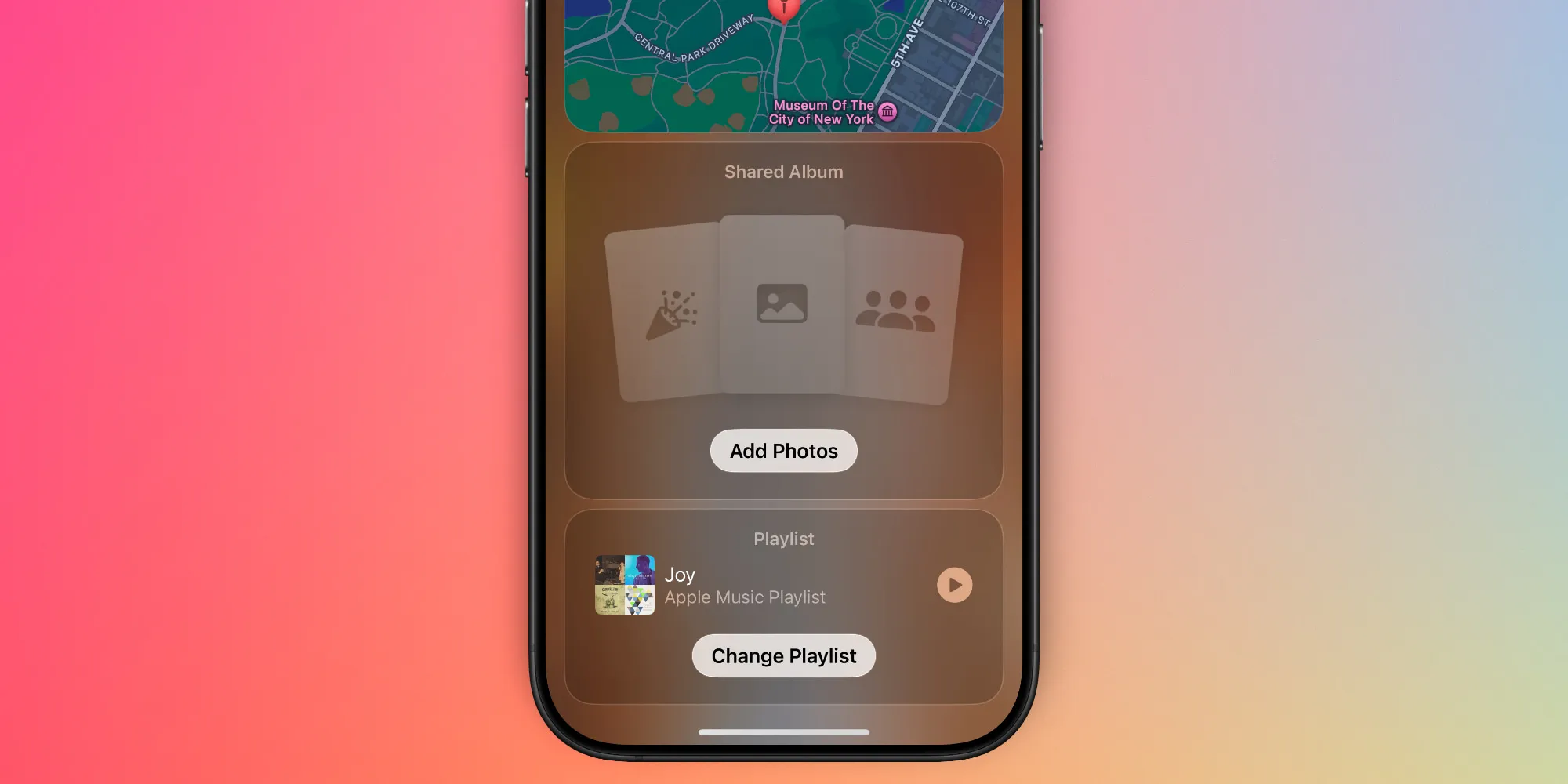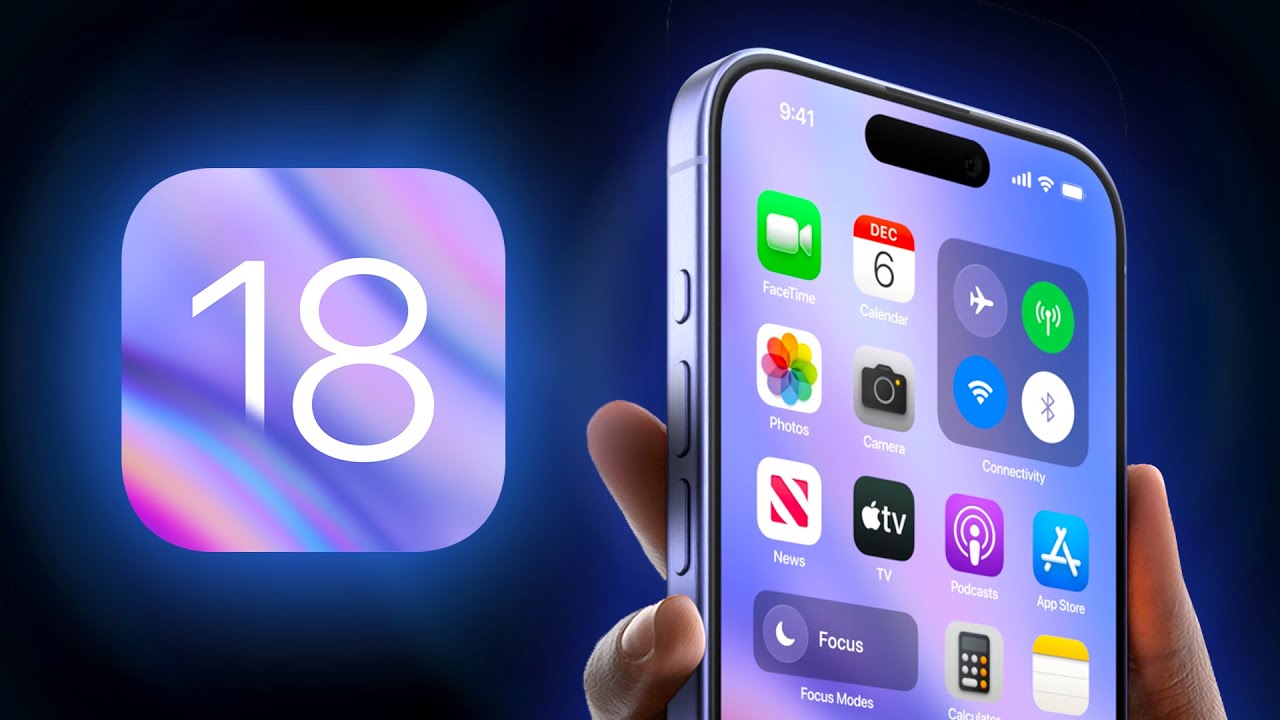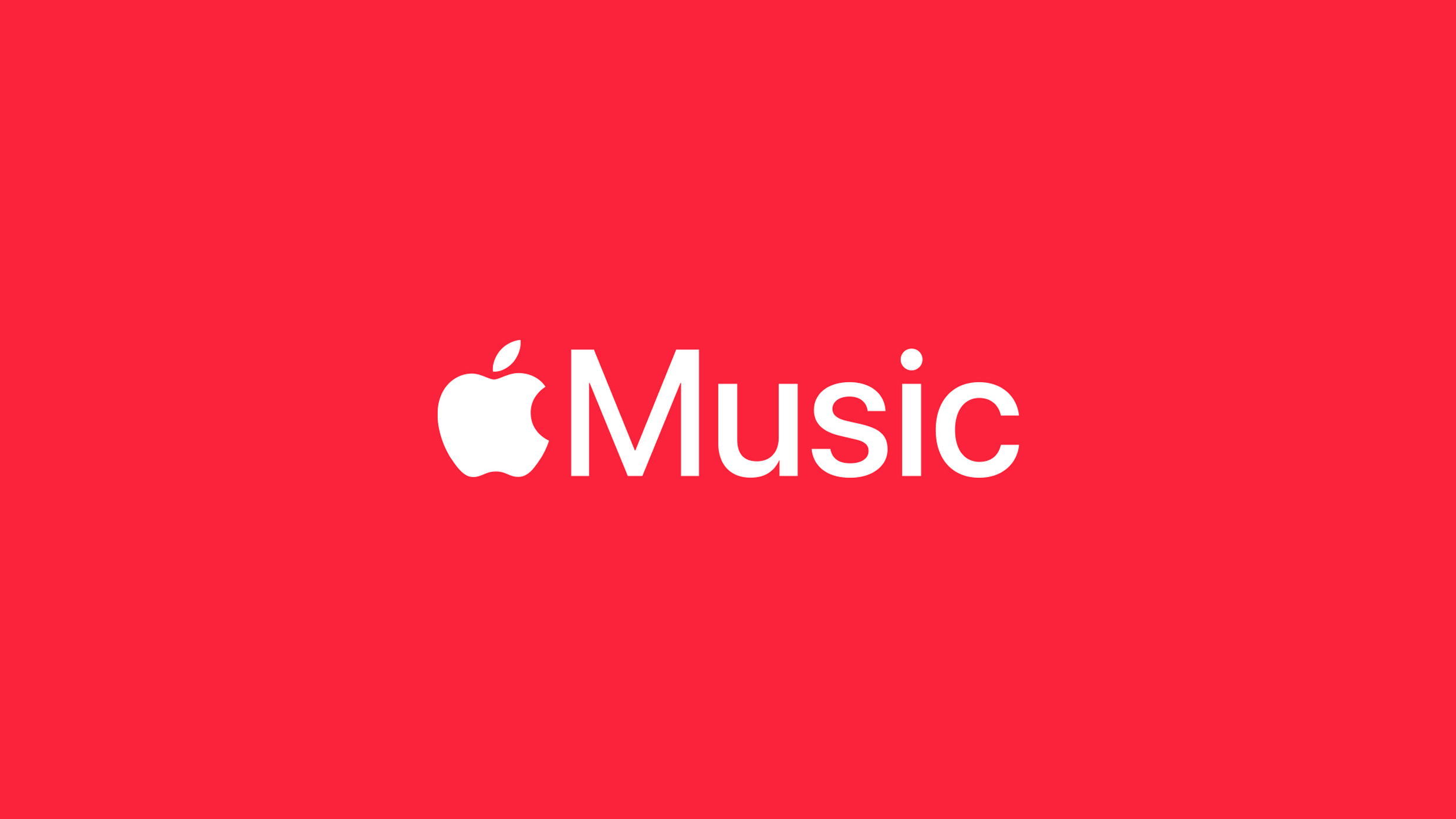Apple just launched a new app called “Party Planner” for iPhone users. It’s all about making event planning fun and easy, but some cool features are only for specific users. Here’s who can enjoy what in this new app.
Installing Party Planner
Who can do it? iPhone users with the latest iOS update
To use Party Planner, you need to have iOS 18 on your iPhone. This means if you’re still using an older version like iOS 17, you won’t be able to join the fun. Also, there’s no version for Android users.
Making Your Own Event Invites
Who can do it? iCloud+ or Apple One subscribers
If you want to create your own event invites, you must subscribe to iCloud+. This service gives you extra storage space and some privacy features. Even the basic $0.99/month plan lets you make and send invites. Remember, if you’re on an Apple One plan, you already have access to both iCloud+ and Party Planner.
Accepting Event Invites
Who can do it? Anyone with an email address
The good news is, you don’t need an Apple account or even an iPhone to accept an invite. All you need is an email address. You can easily accept or decline invites sent your way.
Music Collaboration
Who can do it? Apple Music subscribers
With Party Planner, you can set up a shared playlist for your event where guests can add their favorite songs. But, both the event creator and the guests need to be subscribed to Apple Music to play around with the playlist.
Sharing Photos in an Event Album
Who can do it? Apple Account users
One of the best parts of Party Planner is the shared photo album for events. It’s a place where everyone can upload and share photos from the event. You just need a free Apple Account to contribute, and you don’t even need an iPhone – you can upload photos right from the web at iCloud.com/party-planner.
This app is designed to make your events more interactive and memorable, but remember, some of its features do require you to be part of the Apple ecosystem or subscribe to their services.





